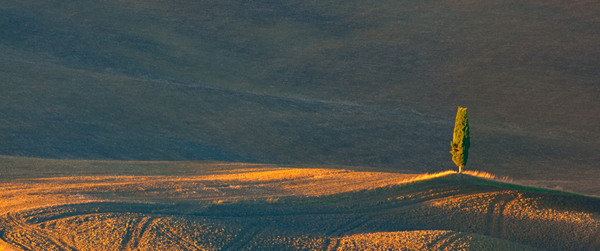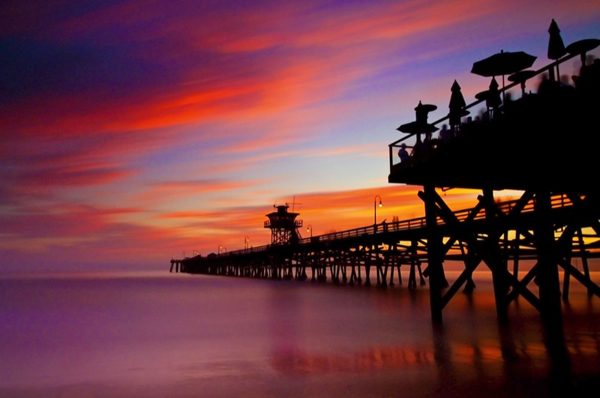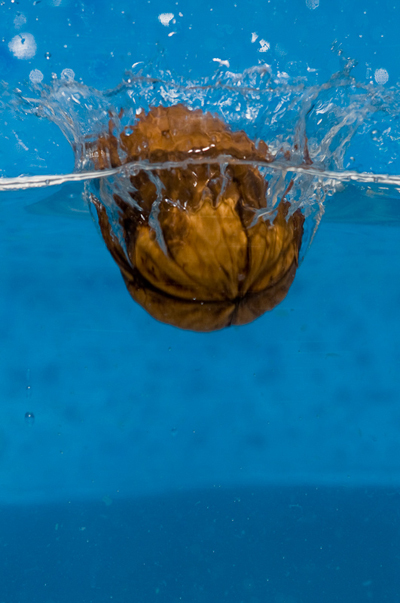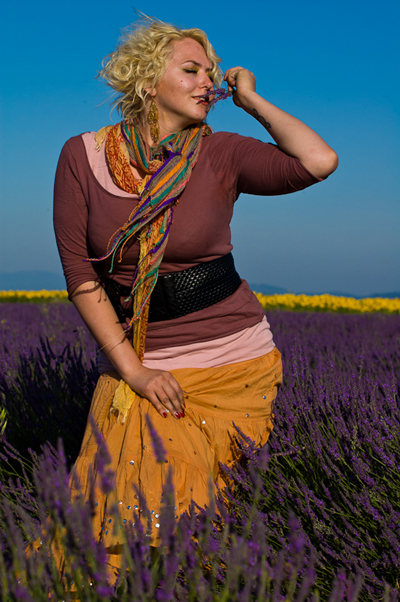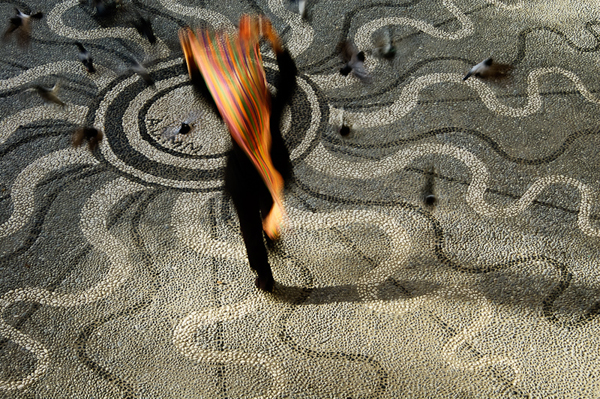Let’s take a look at some work and words from a BPSOP student! This week our look takes us to Italy!
When Chris Hurtt got in touch with me and asked me to be featured in this newsletter, I felt proud, but mainly I felt that my photography wasn’t quite ready for such a stage. Therefore my hope is that people reading this will not think I’m here to brag, but rather they would understand that I’m exactly like you all of you: I’m still striving to get some good photography which will be enjoyed by others.
Since I’ve started to take some BPSOP classes I’ve really understood that no matter which camera model or lenses type you’re using, the most important piece of gear we have is our creativity and who’s around us helping take it to the next level. I’ve learned to make a photo, rather than just take it. It’s important to thank the people that are helping you, modeling for you, or just being supportive.
As I mentioned before, I’m nobody to give you some tips and tricks about photography. You can learn how to use your tools by trial and error, even though probably the quickest and most productive way is to take a few classes at BPSOP. What I’d like to outline here is the great improvement in my vision I had by not being too anxious to get good photos. And that’s something I’ve learnt at BPSOP by its fantastic warm and mind opened environment.
For example, by enjoying a stroll without bringing my camera backpack in order to look at things with a photographer’s eye and mind, trying to immagine how a scene will look like under light conditions which are better for photography, using a certain lens, seeing things from different point of views with a renewed sense of wonder. Than get back there with my photo gear and try to make a photo out of what I’ve seen in my head, using my -yet too limited at this very moment- artist palette.
Well that’s all folks, I hope you’ve enjoyed my photos as much as I did taken them.
Just one more thing: another trick I’ve learnt at BPSOP is to close my eyes for a while before taking a photo (when I’ve setup everything following my creativity) and then look again in camera with a left-ish use of my brain -meaning using more rational thinking in order to achieve what I got suggested by my intuitive thinking mode. It’s far way more easy to say than to actually do it! Some teachers will call it the “15 points protection plan”, Bryan Peterson explained it a different way during one of his workshop using a metaphor with interpersonal relationship. Either ways, the challenge is to always find a balance between what we imagine to achieve in camera and what we’re actually really getting.

